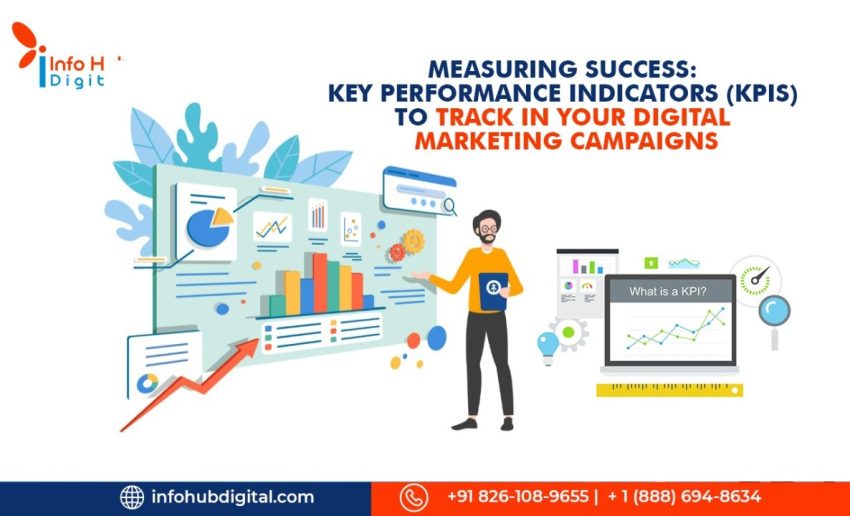In the dynamic world of digital marketing, Pay-Per-Click (PPC) advertising has emerged as a powerful tool for businesses to reach their target audience and drive conversions. However, the effectiveness of PPC campaigns cannot be measured solely by the number of clicks they generate. Success in PPC advertising requires a comprehensive understanding of key metrics that provide insights into campaign performance and return on investment (ROI). In this article, we will delve into the essential metrics for evaluating a ppc agency near me, providing actionable insights for optimizing campaigns and maximizing results.
- Click-Through Rate (CTR)
Click-Through Rate (CTR) is a fundamental metric in PPC advertising, representing the percentage of users who click on an ad after seeing it. A high CTR indicates that the ad is relevant and compelling to the target audience, while a low CTR may suggest that the ad needs optimization or refinement. CTR is calculated by dividing the number of clicks by the number of impressions and multiplying by 100. Monitoring CTR allows advertisers to gauge the effectiveness of ad copy, keywords, and targeting strategies.
- Cost-Per-Click (CPC)
Cost-Per-Click (CPC) is the amount advertisers pay each time a user clicks on their ad. CPC can vary depending on factors such as competition, keyword relevance, and quality score. Monitoring CPC is essential for budget management and determining the overall cost-effectiveness of PPC campaigns. By optimizing keywords and ad targeting, advertisers can reduce CPC and maximize the value of their advertising spend.
- Conversion Rate (CR)
Conversion Rate (CR) measures the percentage of users who take a desired action after clicking on an ad, such as making a purchase, signing up for a newsletter, or filling out a contact form. CR is a critical metric for assessing campaign performance and ROI. A high conversion rate indicates that the ad is effectively driving user engagement and generating meaningful outcomes. Advertisers can optimize conversion rates by improving landing page design, enhancing call-to-action (CTA) messaging, and refining targeting strategies.
- Return on Ad Spend (ROAS)
Return on Ad Spend (ROAS) measures the revenue generated for every dollar spent on advertising. It is calculated by dividing the total revenue generated by the total ad spend and multiplying by 100. ROAS provides advertisers with valuable insights into the profitability of their PPC campaigns. By tracking ROAS, advertisers can identify high-performing campaigns and allocate budget resources effectively to maximize returns.
- Quality Score
Quality Score is a metric used by search engines such as Google to evaluate the relevance and quality of PPC ads. It takes into account factors such as ad relevance, expected click-through rate, and landing page experience. A higher Quality Score can lead to lower CPCs and better ad placements. Advertisers can improve Quality Score by optimizing ad copy, keywords, and landing pages to enhance user experience and relevance.
- Ad Position
Ad Position refers to the placement of an ad on the search engine results page (SERP). Ads appearing at the top of the page generally receive more visibility and clicks, while those appearing lower may receive less attention. Monitoring ad position allows advertisers to assess their competitive standing and make adjustments to improve visibility and performance. Advertisers can bid more aggressively on high-performing keywords to achieve higher ad positions and increase exposure.
- Impressions
Impressions represent the number of times an ad is displayed to users on the pay per click site. While impressions alone do not indicate campaign success, they provide valuable insights into ad visibility and reach. Advertisers can use impression data to evaluate the effectiveness of keyword targeting and ad placement strategies. By increasing impressions through targeted keyword selection and bid optimization, advertisers can enhance brand awareness and drive user engagement.
- Ad Engagement Metrics
In addition to clicks and conversions, ad engagement metrics such as time on site, pages per visit, and bounce rate provide insights into user behavior and campaign effectiveness. Monitoring these metrics allows advertisers to identify areas for improvement in landing page design, content relevance, and user experience. By optimizing ad engagement metrics, advertisers can increase the likelihood of conversions and maximize ROI.
Conclusion
Measuring success in PPC advertising requires a holistic approach that encompasses a range of key metrics. By monitoring metrics such as CTR, CPC, CR, ROAS, Quality Score, ad position, impressions, and ad engagement, advertisers can gain valuable insights into campaign performance and make data-driven decisions to optimize results. By continuously refining targeting strategies, ad creative, and landing page experiences, advertisers can maximize the effectiveness of their PPC campaigns and achieve their marketing objectives.

